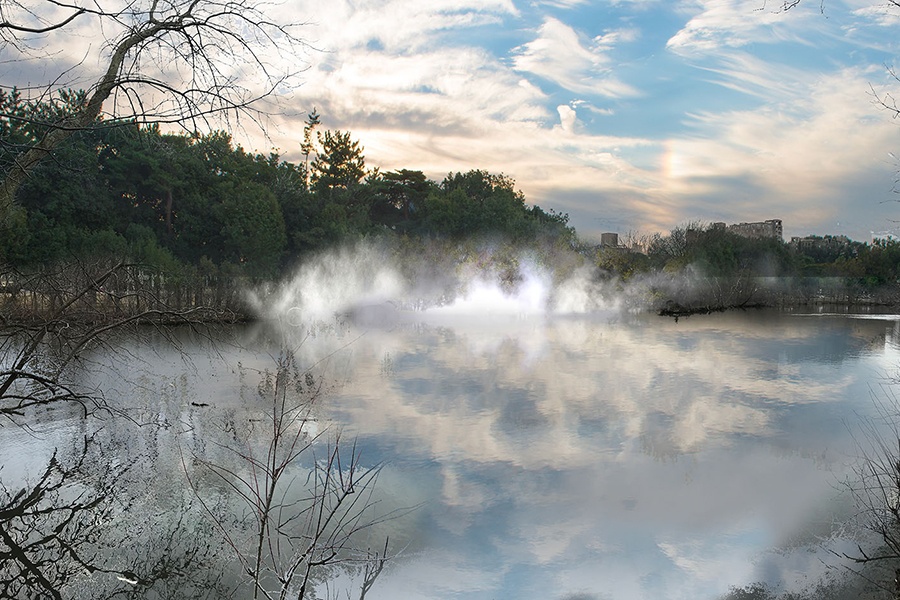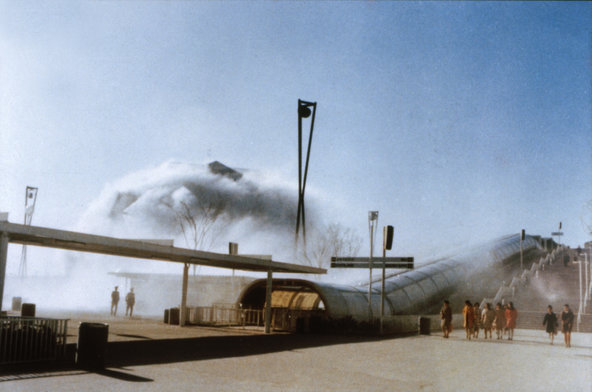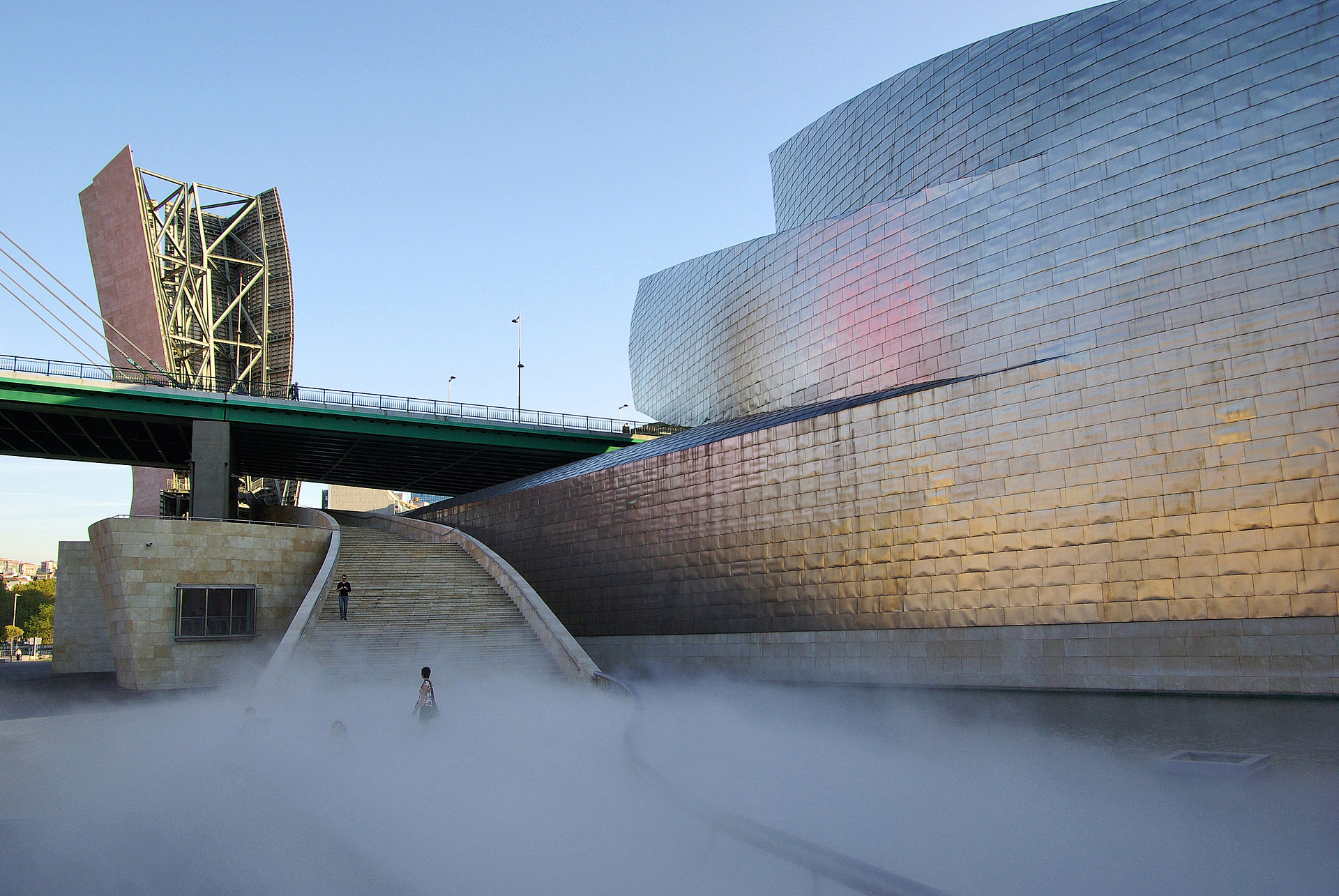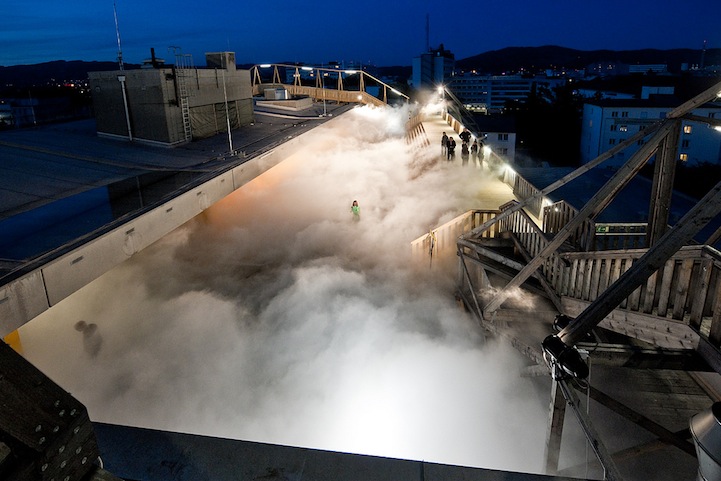What’s an Earth-bound scientist to do when she wants to study superionic ice like the kind found on frozen planets? Fire up the lasers and make the next best thing herself.
Dr. Federica Coppari, a physicist at Lawrence Livermore National Laboratory, and her co-lead author Marius Millot, used giant lasers to flash freeze water, creating replica superionic ice and snapping images for study..

Credit: Eugene Kowaluk/Laboratory for Laser Energetics
The team simply smashed water with laser blasts between diamond anvils. Using the OMEGA Laser at the University of Rochester – one of the most powerful lasers in the world – they heated the water to around 4,700 degrees Celsius and compress it between 1 and 4 million times the Earth’s atmospheric pressure.

Billionths of a second later, as shock waves rippled through and the water began crystallizing into nanometer-size ice cubes, the scientists used 16 more laser beams to vaporize a thin sliver of iron next to the sample. The resulting hot plasma flooded the crystallizing water with X-rays, which then diffracted from the ice crystals, allowing the team to discern their structure.
The atoms in the water had rearranged into the long-predicted but never-before-seen architecture, Ice XVIII: a cubic lattice with oxygen atoms at every corner and the center of each face. The hydrogen ions float freely within the oxygen lattice. “It’s quite a breakthrough,” Coppari said.

Unlike the familiar ice found in your freezer or at the north pole, superionic ice is black and hot. A cube of it would weigh four times as much as a normal one. It was first theoretically predicted more than 30 years ago, and although it has never been seen until now, scientists think it might be among the most abundant forms of water in the universe.
Coppari’s co-lead author explains, “This can dramatically affect our understanding of the internal structure and the evolution of the icy giant planets like Uranus and Jupiter, as well as all their numerous extra-solar cousins.”
Superionic ice XVIII is not quite a new phase of water. It’s really a new state of matter!



















































